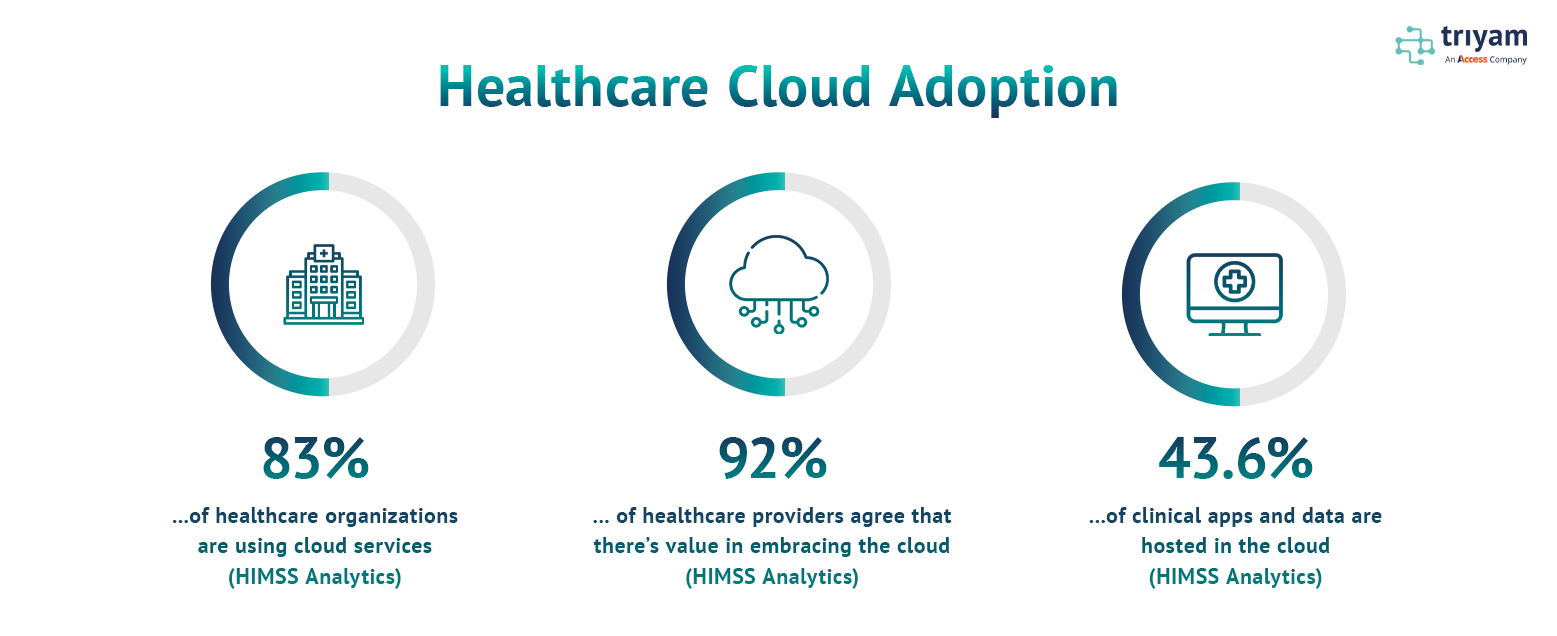The management and optimization of data are crucial for operational efficiency and cost-effectiveness in today’s healthcare territory. Chief Financial Officers (CFOs) who are key figures in addressing these issues adopt active health data archiving. This approach not only guarantees adherence to regulations and security but also leads to significant cost reductions and operational enhancements. Here are three methods CFOs can use to speed up cost savings and make operations more efficient.
1. Reducing Storage Costs
The rapid increase in healthcare data, fueled by electronic health records (EHRs), imaging technologies, and systems for monitoring patients, results in substantial storage costs. Traditional storage solutions, which are expensive and high-performance, become impractical. Active health data archiving offers a remedy by moving data that is rarely accessed to more economical storage solutions without affecting its availability or security.
Cost-Efficient Storage Solutions
Dynamic data archiving employs a layered storage method where information is shifted from expensive primary storage to more affordable secondary or cloud storage options. This strategy guarantees that essential and frequently used data stays on high-speed storage, while less frequently used data is safely stored away. By adopting this method, healthcare entities can cut down on expenses linked to primary storage systems significantly.
Learn more about how Interoperability Drives Cost Savings.
Cloud-Based Archiving
Cloud-based archiving offers scalable and cost-effective alternatives. These platforms allow for the storage of enormous data volumes at a much lower cost compared to on-site solutions. Moreover, numerous cloud service providers offer sophisticated security measures and meet compliance standards, ensuring that stored data is secure and meets regulatory needs.
Savings through Data Deduplication and Compression
Latest archiving systems use data deduplication and compression techniques to further reduce the need for storage and lower costs. By removing duplicate data and compressing stored files, organizations can increase storage efficiency, leading to direct cost reductions.
2. Enhancing Regulatory Compliance and Data Security
Healthcare entities face strict regulatory demands, including HIPAA in the United States, which require the secure keeping and handling of patient information. Failure to comply can lead to hefty financial penalties and damage to reputations. Dynamic health data archiving aids in regulatory compliance and boosts data protection, protecting organizations from potential penalties and security breaches.
Streamlined Compliance Oversight
Dynamic archiving solutions often feature automated compliance oversight capabilities, ensuring data is kept for the necessary period and deleted once it’s no longer required. This automation reduces the chance of mistakes and ensures uniform compliance with regulatory guidelines.
Data Protection Strategies
Data that is archived, though not accessed as often, still demands strong protection strategies. Active archiving solutions provide sophisticated encryption, access restrictions, and surveillance features to safeguard confidential patient details. By adopting these protection strategies, institutions can lower the chances of data leaks and related expenses.

Auditing and Reporting Capabilities
Meeting regulatory standards often requires in-depth auditing and reporting. Active archiving solutions provide thorough auditing functionalities, offering insights into data access and changes. These capabilities support compliance reporting and allow organizations to show their commitment to regulatory standards during inspections.
3. Efficient Operations and Enhanced Productivity
Active health data archiving not only lowers expenses and boosts compliance but also streamlines operations, leading to better productivity throughout the organization. By refining data management procedures, healthcare providers can concentrate on providing high-quality care, free from the constraints of data-related inefficiencies.
Optimized Data Retrieval
A key benefit of active archiving is the ease with which data can be accessed when necessary. Unlike conventional archiving techniques, which can lead to extended retrieval periods, active archiving guarantees quick data access. This swift access is vital for making clinical decisions, responding to legal requests, and conducting research, thereby improving operational effectiveness.
Reducing System Load and Improving Performance
By transferring older, less frequently used data to secondary storage systems, active archiving lightens the load on these systems. This lightening effect enhances the performance of the primary systems, leading to quicker access times and a more agile IT infrastructure. As a result, healthcare staff can carry out their tasks more effectively, without interruptions caused by slow systems.
Facilitating Data Integration and Interoperability
Healthcare entities frequently handle information from various origins, such as Electronic Health Records (EHRs), laboratory information systems, and diagnostic imaging technologies. Solutions for active archiving make it possible to amalgamate this diverse information, ensuring it is stored uniformly. This uniformity improves the compatibility of data, simplifying the process of exchanging and examining information across various systems and divisions.
Read more about 10 Reasons Why Your Healthcare Organization Should Select a Cloud-Based Archival Solution.
The use of active health data archiving is a significant asset for Chief Financial Officers (CFOs) within healthcare institutions, providing a comprehensive strategy for reducing expenses and enhancing operational effectiveness. By lowering the costs associated with storage, improving adherence to regulations and data protection, and making processes more efficient, active archiving offers a competitive edge in handling the increasing amounts of healthcare data.
The adoption of active health data archiving demands careful consideration, involving the selection of appropriate technological solutions and ensuring they align with the organization’s objectives. Yet, the advantages significantly surpass the upfront expenses, setting healthcare institutions up to more effectively manage their data resources, cut expenses, and ultimately provide better care to patients.
In a time when data is both a vital resource and a potential risk, active health data archiving is recognized as a strategic necessity for progressive CFOs. Adopting this method not only quickens the pace of savings but also establishes the groundwork for a more effective, secure, and compliant healthcare entity.
Struggling to find the perfect archival solution? Contact Triyam, to efficiently secure your data with precision.
Sign up for a free demo now!

